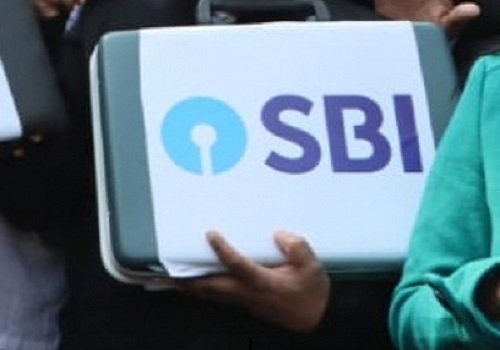Net NPAs of Indian banks dropped by 24.9% as of June 2024: CareEdge Ratings

CareEdge Ratings has said that Net Non-Performing Assets (NNPAs) of scheduled commercial banks (SCB) saw a sharp decline, reducing by 24.9 per cent y-o-y to Rs 1 lakh crore as of June 30, 2024 (Q1FY25). The gross non-performing assets (GNPAs) of scheduled commercial banks (SCBs) fell by 15.2 per cent year-on-year (y-o-y) to Rs 4.57 lakh crore as of Q1FY25, compared to Rs 5.66 lakh crore in the same period last year.
It stated the GNPA ratio now stands at 2.8 per cent, a reduction from 3.8 per cent a year ago. This drop is primarily due to lower slippages, higher recoveries, and steady write-offs over the last year. The Indian banking sector has continued its positive trajectory with reductions in both gross and net non-performing assets NPAs for SCBs as of June 30, 2024. The NNPA ratio has reached an all-time low of 0.6 per cent, down from 1.0 per cent in Q1FY24.
Despite this, the decline in NNPAs within SCBs varied, as private banks (PVBs) witnessed a marginal increase of 3 basis points (bps) in their NNPA ratio, driven by seasonal collection weaknesses and higher retail delinquencies, leading to a current NNPA ratio of 0.46 per cent. Private sector banks (PSB), in particular, have managed to bring down their incremental provisioning levels due to consistent asset quality improvements. They have contributed to the overall improvement in the banking sector’s asset quality.
























